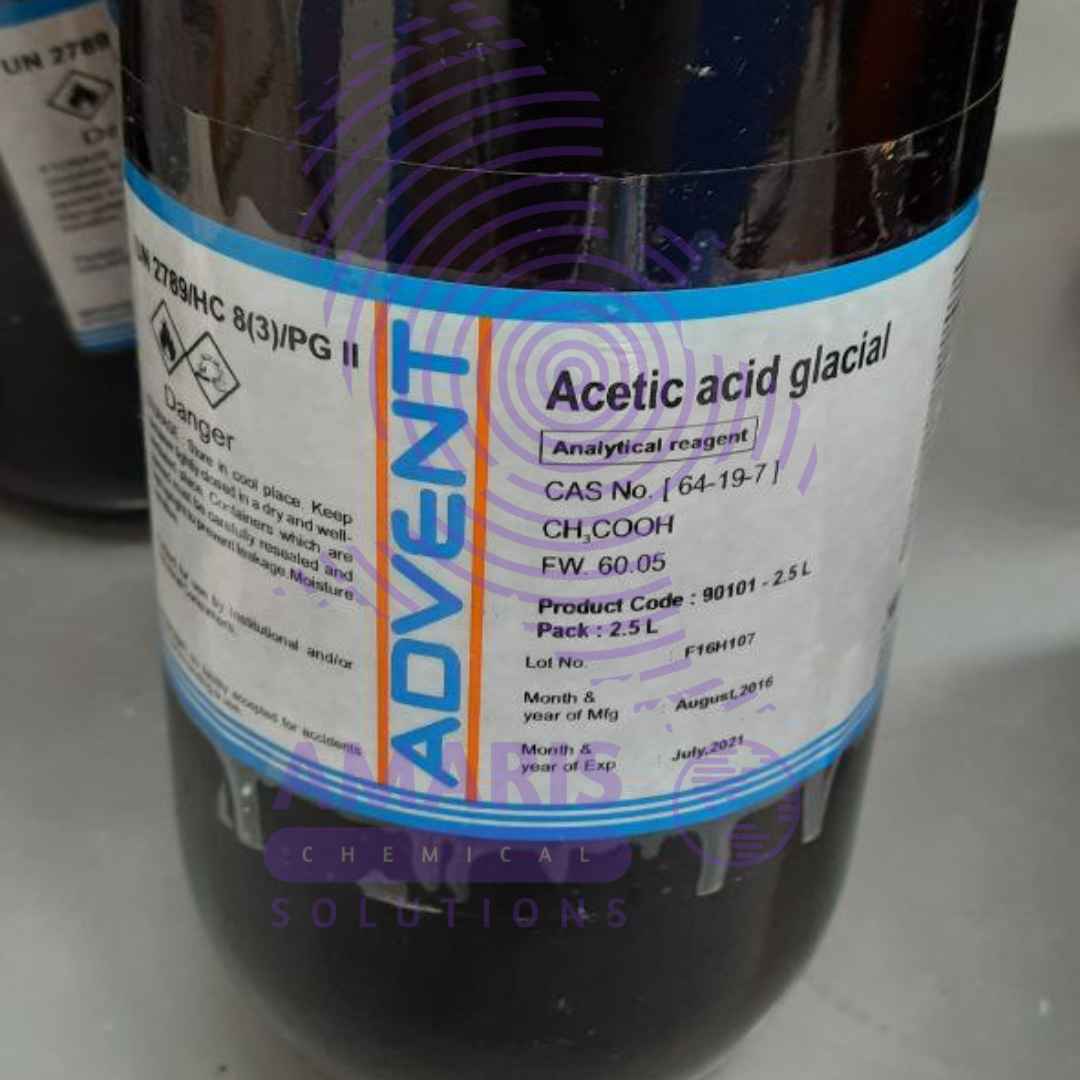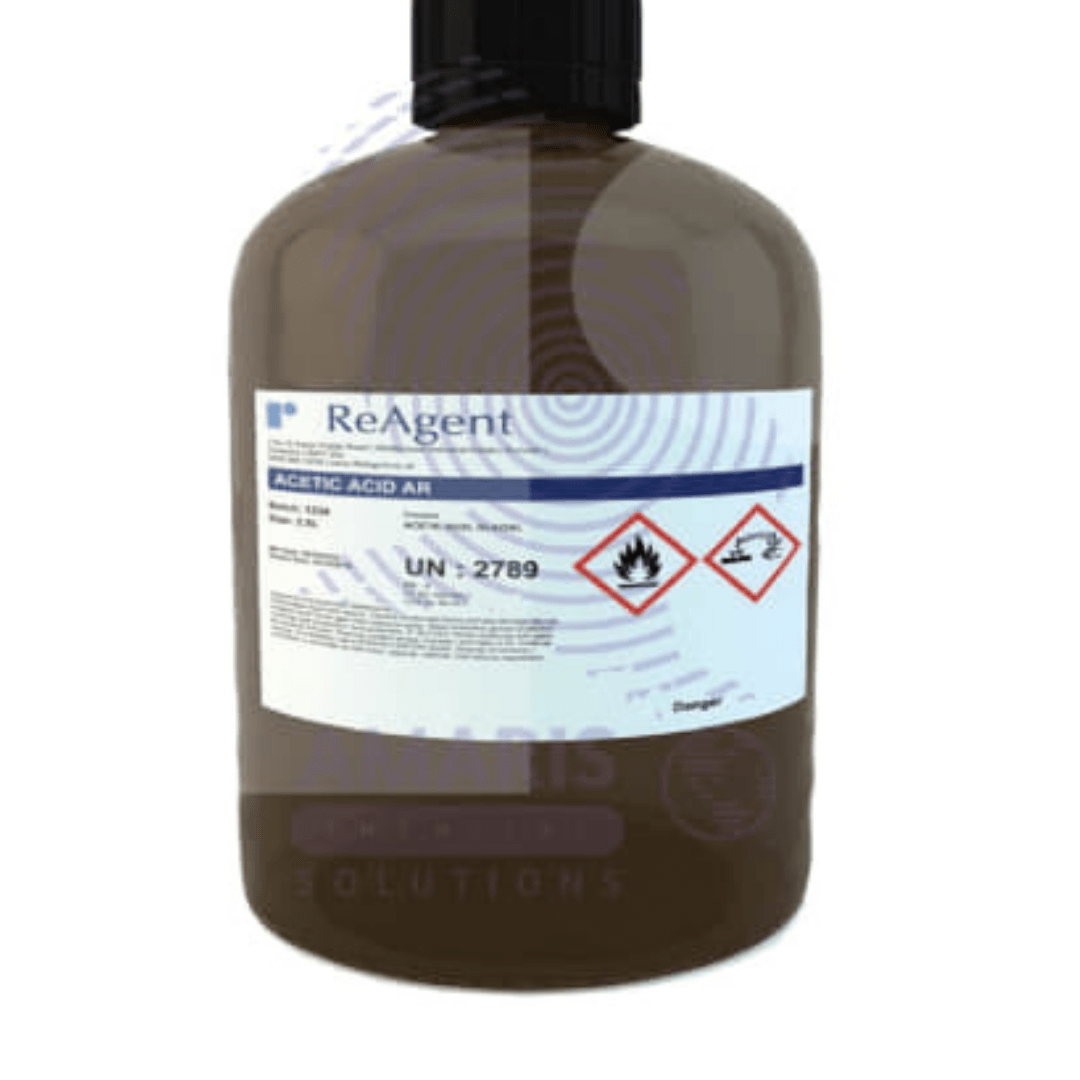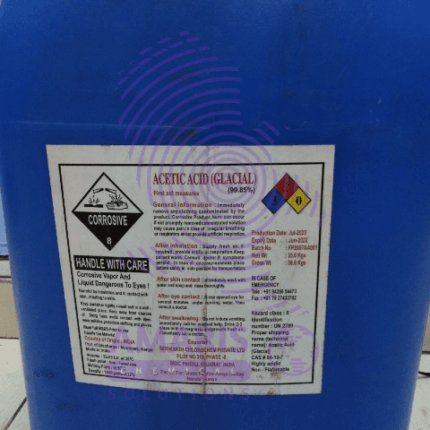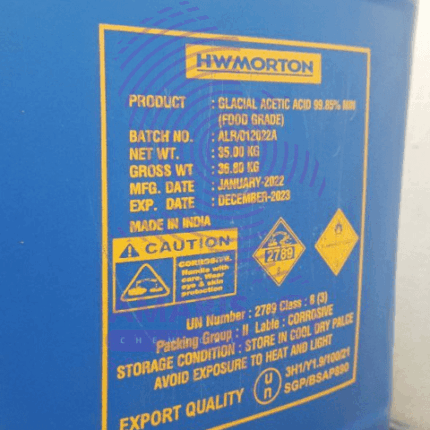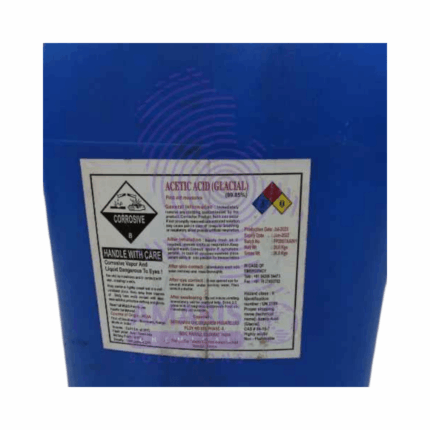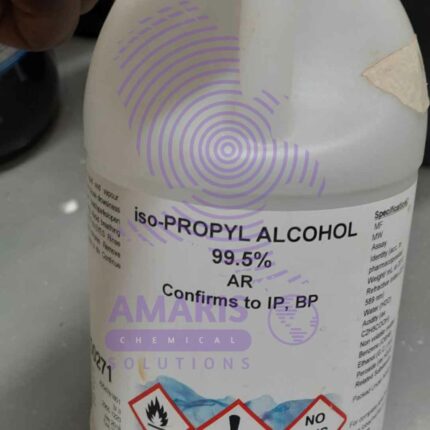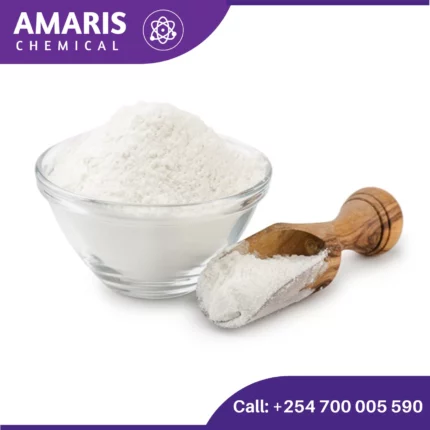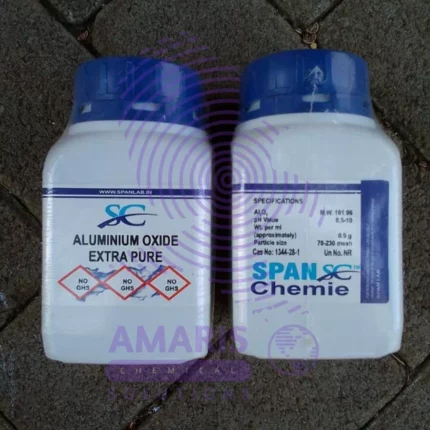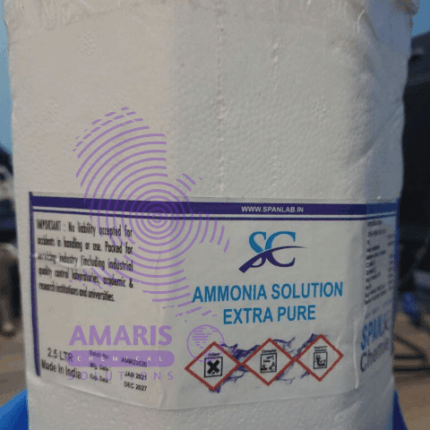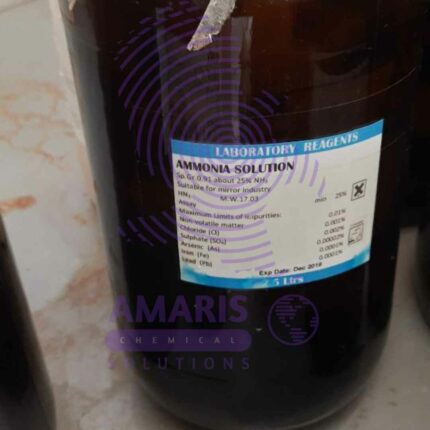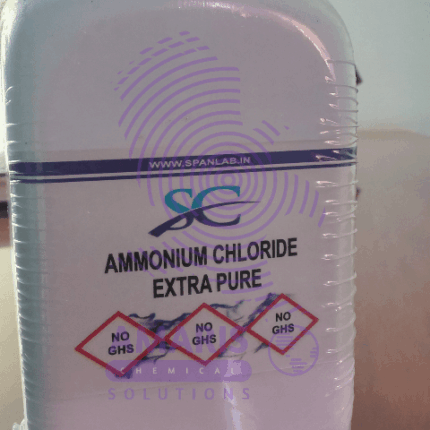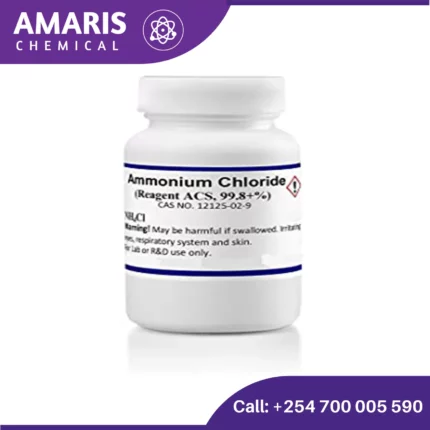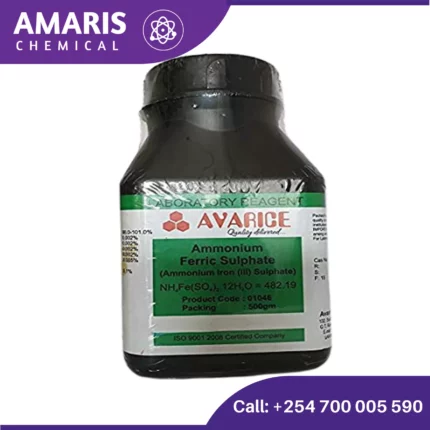“Acetaldehyde” has been added to your cart. View cart
“Acetaldehyde” has been added to your cart. View cart
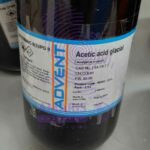
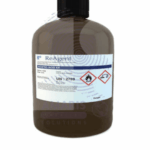
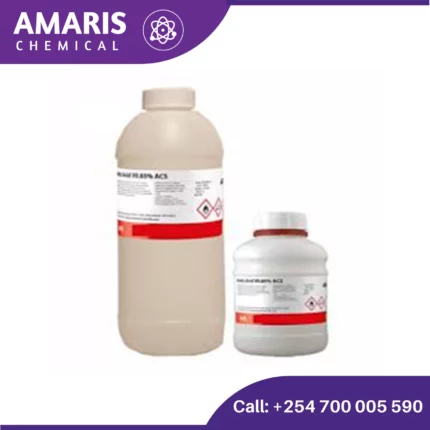
Acetaldehyde
KSh5,430.00 Original price was: KSh5,430.00.KSh4,500.00Current price is: KSh4,500.00.
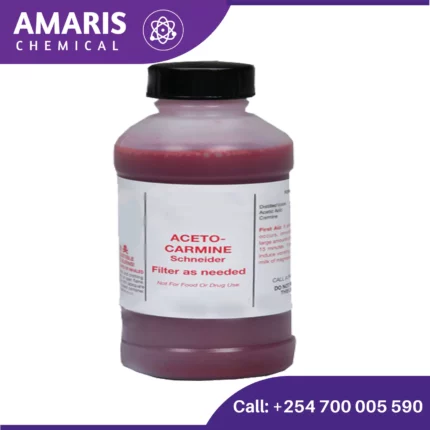
Aceto Carmine 100 ml
KSh1,745.00 Original price was: KSh1,745.00.KSh1,500.00Current price is: KSh1,500.00.
Acetic Acid 2.5litre
KSh1,490.00 Original price was: KSh1,490.00.KSh1,300.00Current price is: KSh1,300.00.
Acetic acid is an organic acid with the chemical formula CH3COOH, also known as ethanoic acid. It is a colorless liquid with a pungent, sour taste and a distinctive vinegar-like odor. Acetic acid is an important industrial chemical used in the production of various products, including solvents, plastics, textiles, and food additives. It is also the main component of vinegar, which is commonly used as a condiment and preservative in cooking and food preparation.
SKU:
ACS84328CHEM0
Category: Analytical Reagents
Description
Acetic Acid
In laboratory settings, acetic acid finds several applications:
- Solvent: Acetic acid is often used as a solvent for various organic compounds, particularly those that are polar or partially polar. It can dissolve a wide range of substances, making it useful for extraction and purification processes.
- Reagent: Acetic acid is commonly used as a reagent in various chemical reactions. For example, it’s used in the synthesis of esters through Fischer esterification reactions. It’s also used in the production of acetic anhydride, a versatile reagent in organic synthesis.
- pH Adjustment: Acetic acid is a weak acid, and its solution can be used to adjust the pH of other solutions. Since it’s a weak acid, it’s less likely to cause drastic changes in pH compared to strong acids like hydrochloric acid or sulfuric acid.
- Titration: Acetic acid solutions are often used in acid-base titrations, especially for the titration of weak bases or as a standard solution in the determination of unknown concentrations of acids or bases.
- Preservative: In microbiological laboratories, acetic acid solutions are sometimes used as preservatives for samples. Its antimicrobial properties help prevent the growth of contaminants in certain types of samples.
- Cleaning: Dilute acetic acid solutions can be used for cleaning laboratory glassware, particularly to remove mineral deposits or organic residues.
- Staining: Acetic acid is used in some staining techniques, especially in histology, to help fix and preserve cellular structures in tissues.
Additional information
| Weight | 2.5 lbs |
|---|
Shipping & Delivery
You may also like…
Glacial Acetic Acid 35kg Tech grade
Acetic acid is an organic acid with the chemical formula CH3COOH, also known as ethanoic acid. It is a colorless liquid with a pungent, sour taste and a distinctive vinegar-like odor. Acetic acid is an important industrial chemical used in the production of various products, including solvents, plastics, textiles, and food additives. It is also the main component of vinegar, which is commonly used as a condiment and preservative in cooking and food preparation.
Glacial Acetic Acid Food Grade 35kg
Acetic acid is an organic acid with the chemical formula CH3COOH, also known as ethanoic acid. It is a colorless liquid with a pungent, sour taste and a distinctive vinegar-like odor. Acetic acid is an important industrial chemical used in the production of various products, including solvents, plastics, textiles, and food additives. It is also the main component of vinegar, which is commonly used as a condiment and preservative in cooking and food preparation.
Related products
2 Propanol 2.5 litres (IPA)
Isopropyl alcohol (IPA), also known as 2-propanol, is a colorless, flammable chemical compound with the molecular formula C3H8O. It is a type of alcohol that is commonly used as a solvent, disinfectant, and cleaning agent in a variety of industries, including healthcare, manufacturing, and electronics. IPA is often used as a disinfectant because it is effective at killing a wide range of microorganisms, including bacteria, viruses, and fungi. It is also commonly used as a solvent for oils, resins, and gums, and as a cleaning agent for electronic devices and other equipment.
Aceto Carmine 100 ml
Aceto carmine is a staining solution used primarily in microscopy to highlight cellular components. It is a mixture of carmine dye and acetic acid. Here’s an overview of its properties, preparation, and uses:
Properties
- Color: Red to purplish-red.
- Solubility: Soluble in water and ethanol.
- Staining Characteristics: Stains chromatin and cytoplasmic components, providing contrast for better visualization under a microscope.
Preparation
- Ingredients:
- Carmine dye: A natural red dye extracted from the cochineal insect.
- Acetic acid: A colorless liquid organic compound with a pungent smell.
- Procedure:
- Dissolve a specific amount of carmine powder in hot distilled water.
- Add glacial acetic acid to the solution.
- Filter the mixture to remove any undissolved particles.
Aluminum Carbonate 250g
Aluminum carbonate is a chemical compound with the formula Al2(CO3)3. It is a white, crystalline solid that is insoluble in water. Aluminum carbonate is not commonly encountered in pure form due to its high instability, especially in the presence of water and carbon dioxide. Instead, it tends to decompose into aluminum hydroxide and carbon dioxide when exposed to moisture or acidic conditions.
Aluminum Oxide 500 grams
Aluminum oxide, often referred to as alumina, is a chemical compound made up of aluminum and oxygen atoms (Al2O3). It occurs naturally in various minerals, including corundum and bauxite. It is one of the most widely used compounds, valued for its hardness, strength, and resistance to abrasion and corrosion.
Ammonia Solution 2.5litres
An ammonia solution is a solution of ammonia (NH3) gas dissolved in water. It is a clear, colorless liquid with a pungent odor and a basic pH. The concentration of ammonia in the solution can vary, and is typically expressed in terms of percent by weight or by volume.
Ammonia solutions are commonly used in a variety of applications, including cleaning agents, fertilizers, and as a precursor to other chemicals. They are also used in industrial processes such as refrigeration, gas purification, and water treatment. Ammonia solutions can be dangerous if not handled properly, as they are highly corrosive and can release toxic fumes if mixed with certain chemicals
Ammonium Chloride 500gm
Ammonium chloride is an inorganic compound with the chemical formula NH4Cl. It is a white crystalline salt that is highly soluble in water and has a salty taste. Ammonium chloride is often used in various industrial and laboratory applications, including as a flux in soldering, as a nitrogen source in fertilizers, and as a component in dry cell batteries. It can also be used in medicine as an expectorant to help thin and loosen mucus in the respiratory system

